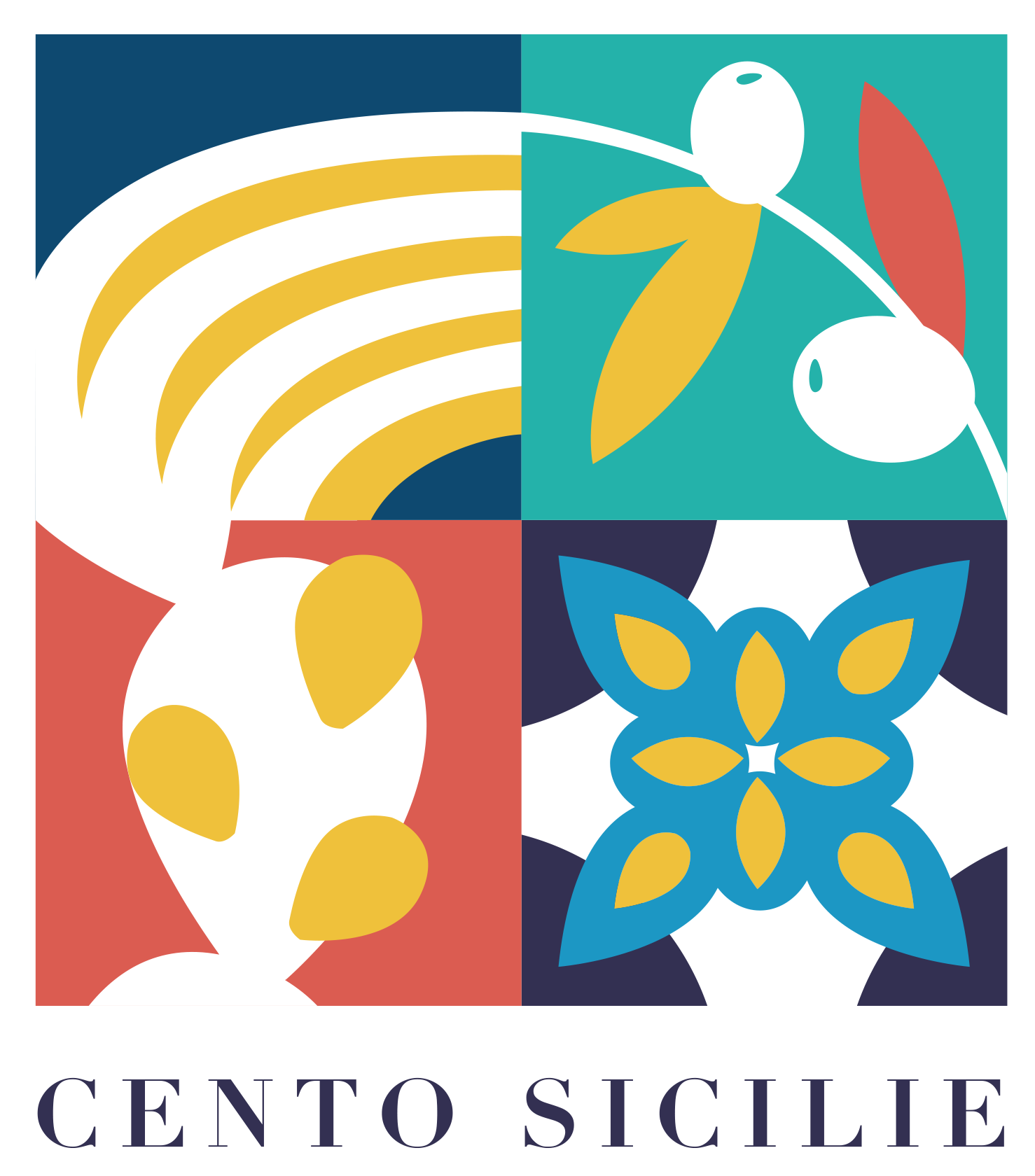The territory of Catania offers very particular and therefore interesting locations. One of these is undoubtedly Caltagirone, an important center of the Sicilian hinterland from an economic and tourist point of view, but also from a historical and artistic point of view.
A bit of history
Since ancient times it has been chosen as a place of settlement for its strategic position, since it divides the two largest plains of Sicily, namely the Piana di Gela and that of Catania. The first permanent settlements date back to prehistoric times, while in the following eras there is evidence of the presence in the area of the Greeks and then of the Romans.
Another important presence in the history of Caltagirone was that of the Arabs, who brought new techniques for clay processing. In this way they have given an important boost to ceramic craftsmanship, which today constitutes one of the most significant identity traits of the municipality of Catania.
During the early medieval period the Genoese colonists arrived, who made the city and its economy grow, bringing it to the size it still retains today. In the following years in Caltagirone an increasingly flourishing craftsmanship and trade developed which, combined with the strategic position of the city, gave rise to a class of wealthy merchants.
Between the fifteenth and seventeenth there were conflicting events in the history of Caltagirone. The city was enriched with churches, universities and other buildings, also increasing on the demographic level and becoming one of the largest and most important in all of Sicily. The difficult moments, however, came towards the end of the 1600s, between the famine of 1971 and above all the earthquake of the Val di Noto which in 1993 razed much of the city to the ground. it was then rebuilt with a mostly baroque style, which it retains in its historic center.
In the twentieth century it had an importance above all on a political level, as the birthplace of Don Luigi Sturzo who opposed Mussolini’s regime. In the following years there was a great emigration towards northern Italy, but Caltagirone nevertheless remained an interesting tourist destination.
Places to visit
Arriving in Caltagirone, one cannot fail to pass by the Cathedral of San Giuliano. It is the main place of worship in the city, rebuilt after the earthquakes of 1542 and 1693 and always embellished. The building has a magnificent exterior, in which the dome stands out, which can be seen from many points of the city. Inside, however, there have been those to which the faithful are very fond of such as those of the Dead Christ and the Addolorata.
As previously mentioned, pottery is probably the most important tradition in the city. It is therefore advisable to visit theRegional Museum of Ceramics, which tells about the processing of this material in the municipality of Catania over the course of the various eras. There are therefore various works, from the Renaissance period but also from the contemporary period.
Another important museum, but with a different cut, is that of the cribs. It is a very interesting place to visit during the Christmas period, which hosts small and large nativity scenes.
What to do during your stay in Caltagirone
During your stay in Caltagirone, you can admire the whole city reaching its highest point. To do this you have to go up the Staircase of Santa Maria del Monte, with its 142 steps. One of the absolute symbols of the city.
To immerse yourself in the oldest history of Caltagirone, however, you need to take a tour of its most important archaeological sites. Between these Monte San Mauro, which includes five hills on the valleys of the rivers Signore and Maroglio. Here there was an inhabited center in the Bronze Age, which was then occupied in the seventh century BC. by the Greek colonists (devoted purely to agriculture and trade). Another site worth mentioning is St. Hippolytus, where evidence from the Neolithic, Chalcolithic and the arrival of the Greek colonists was found.
Typical cuisine of the Catania hinterland
On a culinary level, Caltagirone is linked to the traditions of the Catania area and to the influences brought by the peoples who passed from the city. Among the typical dishes are arancini, cacio all’argentiera, walled meat, vinegar cutlet and swordfish rolls. Going specifically on desserts, we find the Sicilian cassata and chatter(fried flour dough, baked and then covered with icing sugar).
These and other typical dishes of the area can be tasted in various restaurants in the city such as A Cumacca, Gusto e Arte and Trattoria Anima e Core.
How to arrive in Caltagirone
Caltagirone can be reached from Catania via a railway line, which also connects the municipality of Catania to Gela. For problems in this section that have persisted for several years, to get to Caltagirone from Gela there are replacement buses. There are also excellent connections with the main cities of Sicily both in terms of roads and bus lines. Through extra-urban bus lines, such as SAIS and Etna Trasporti, there are connections between Caltagirone and important centers such as Catania and Palermo.


Comment (0)